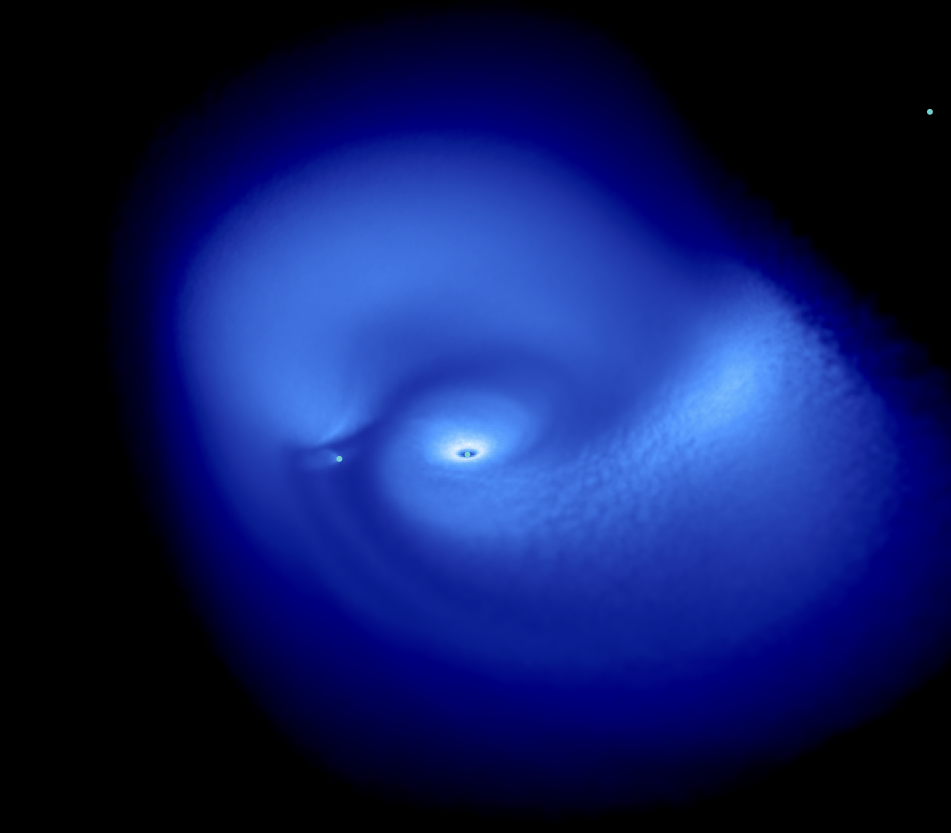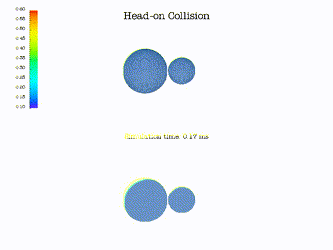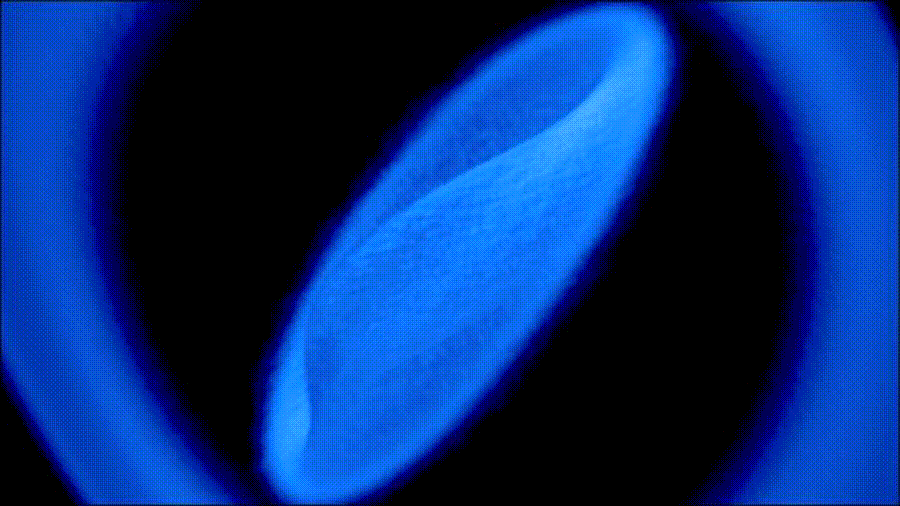Our Research
Protoplanetary Discs
Gravitationally Unstable Discs
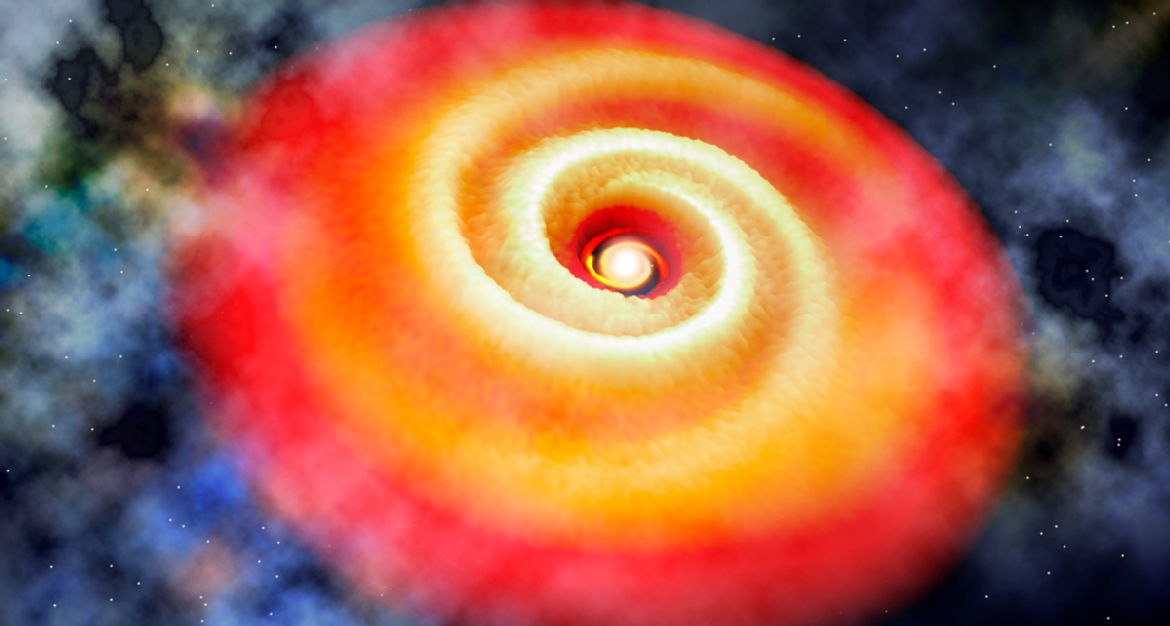
Self-gravitating discs are young, massive, turbulent, protoplanetary discs that play an important role for planet and brown dwarf formation. Our group models their evolution, the formation of planets, and the interaction between planets and self-gravitating discs.
Planet-Disc Interactions
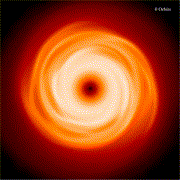
Our group investigates the interactions between planets and discs with the aim to understand how structures in protoplanetary discs are affected by planet-disc interactions, and make observational predictions.
Debris Discs
Kuiper belt analogues
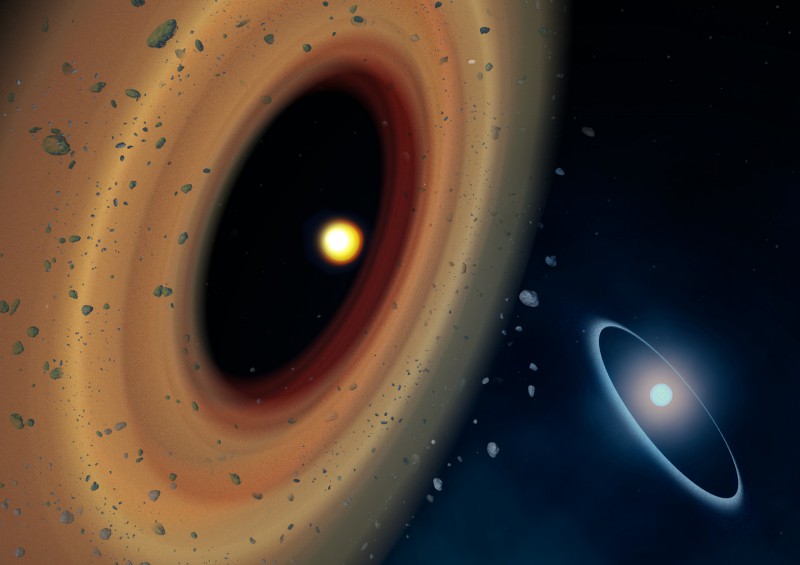
About 80% of other stars are seen to host analogues of the Solar system's Kuiper belt. These discs are made up of bodies of a wide range of sizes, from km-sized "planetesimals" to micron-sized dust grains. Our study of these objects with both observations and theory yields insight into the architecture of other planetary systems, and with context for our own Solar system.
Exocomets
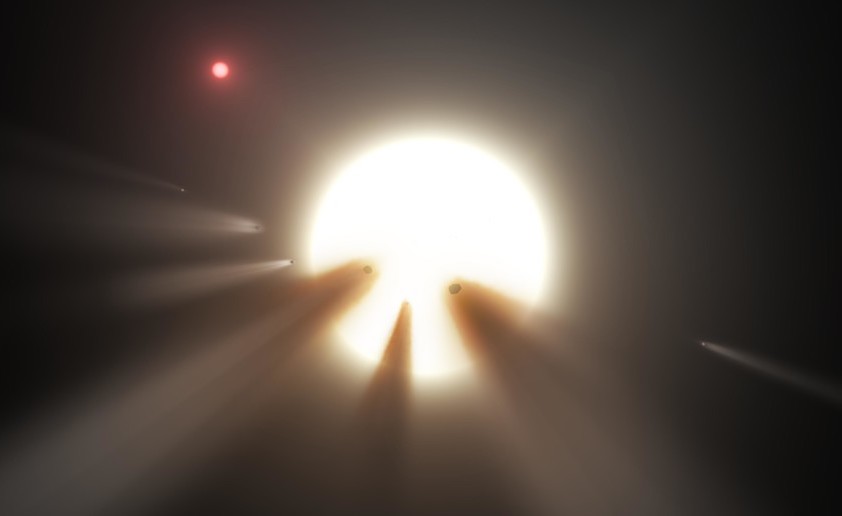
In rare cases we are able to detect the transits of extra-solar comets across the face of other stars. The comet nuclei are much smaller than planets, so what we detect is dust and gas in the diffuse comae and tails that are created by outgassing. Our work on observations of these objects offers a window into the same processes that deliver dust to the habitable zone near Earth in the Solar system.
White Dwarf Discs
Gaseous Discs
Several dozen white dwarfs are known to host planetary debris discs, but only ~5% of these discs host a gaseous component. These rare and exciting systems offer a unique perspective on the formation and evolution of planetary debris discs around white dwarfs. Our group actively observe and monitor these interesting systems, as well as model their evolution using techniques such as Doppler Tomography.



